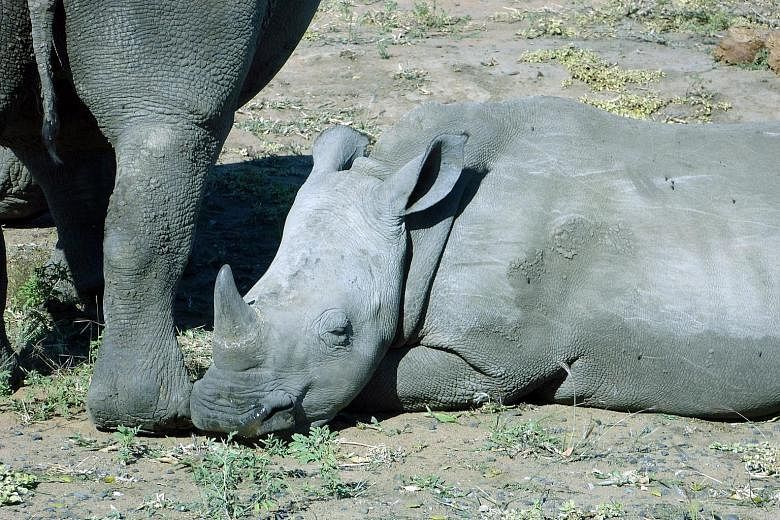With extinction looming for many large wild animal species across the globe, a group of international conservation scientists is calling for urgent action before it is too late.
Forty-three experts, writing in the journal BioScience, say an extinction crisis is unfolding for large mammals, from those that are poorly known, like the scimitar-horned oryx, to more familiar species such as gorillas and rhinoceroses.
They are calling for acknowledgement of threats, stopping harmful practices, global commitment to conservation and recognition of a moral obligation to protect the planet's large animals, or megafauna, said Oregon State University.
"The more I look at the trends facing the world's largest terrestrial mammals, the more concerned I am we could lose these animals just as science is discovering how important they are to ecosystems and to the services they provide to people," said Dr William Ripple, distinguished professor of ecology at the university's College of Forestry, and the lead author.
He has studied the ecological effects of predators such as cougars and wolves in North America, and collaborated with other wildlife experts to analyse global trends facing large carnivores - wolves, lions, tigers and bears - as well as large herbivores, including elephants, rhinos, zebras and tapirs.
"Most mammalian megafauna face dramatic range contractions and population declines," the authors wrote.

"In fact, 59 per cent of the world's largest carnivores and 60 per cent of the world's largest herbivores are classified as threatened with extinction on the International Union for the Conservation of Nature Red List. This situation is particularly dire in sub-Saharan Africa and South-east Asia, home to the greatest diversity of extant megafauna."
Among the most serious threats to endangered animals are the expansion of livestock and crop operations, illegal hunting, deforestation and human population growth.
The scientists are calling for action on two fronts: expanded interventions at scales that are relevant to animals' habitat needs, and large-scale policy shifts to alter the ways in which people interact with large animals.
The authors emphasised that some conservation initiatives have had success, including a major effort focusing on cheetahs and the African Wild Dog.
However, they added, the resources for effective conservation strategies are seldom available in regions with the greatest needs.

